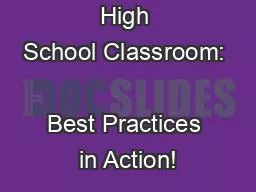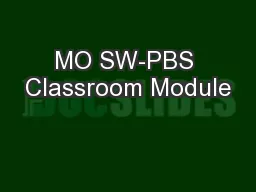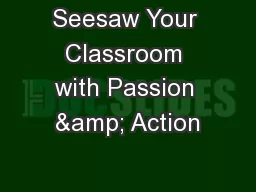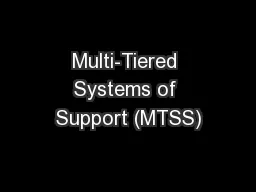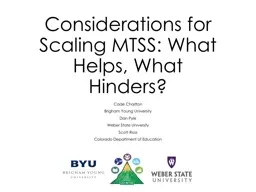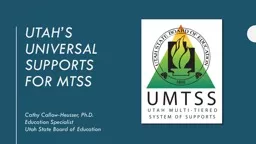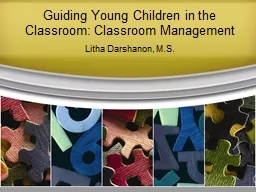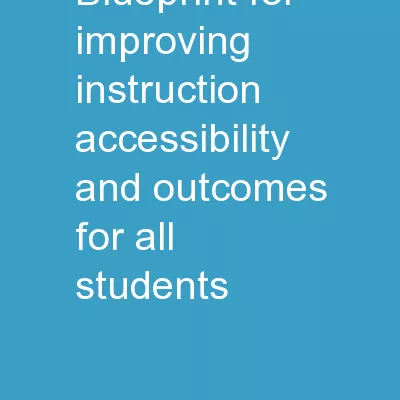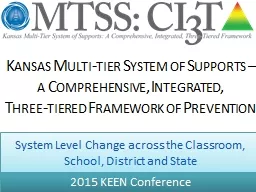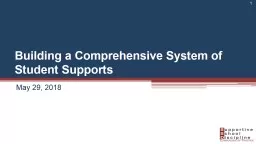PPT-MTSS in the High School Classroom: Best Practices in Action!
Author : hoodrona | Published Date : 2020-06-15
Jessica SwainBradway PhD Executive Director Northwest PBIS Network wwwpbisnetworkorg Learning Objectives 1 Identify three high leverage instructional strategies
Presentation Embed Code
Download Presentation
Download Presentation The PPT/PDF document "MTSS in the High School Classroom: Bes..." is the property of its rightful owner. Permission is granted to download and print the materials on this website for personal, non-commercial use only, and to display it on your personal computer provided you do not modify the materials and that you retain all copyright notices contained in the materials. By downloading content from our website, you accept the terms of this agreement.
MTSS in the High School Classroom: Best Practices in Action!: Transcript
Download Rules Of Document
"MTSS in the High School Classroom: Best Practices in Action!"The content belongs to its owner. You may download and print it for personal use, without modification, and keep all copyright notices. By downloading, you agree to these terms.
Related Documents

